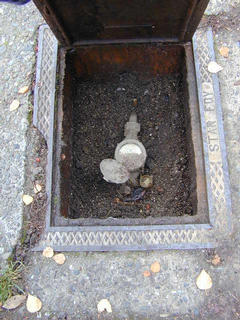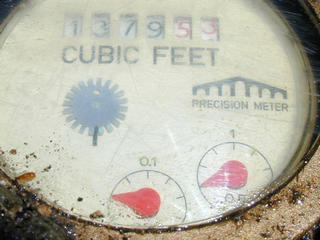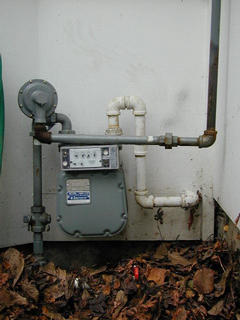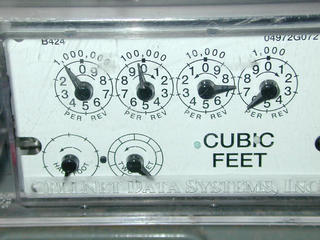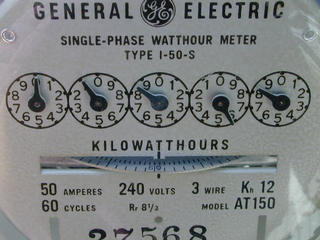EcoHome
Introduction to meter reading
A typical residence in urban Seattle receives resources like
drinking water, natural gas, and electricity through the city's
infrastructure of pipes and wires. On the way into a residence,
each resource flows through a meter that is read intermittently
by a city utility employee in order to charge you appropriately
for your usage.
It's notable that on the way out of a residence,
very few quantities are measured. Exceptions are garbage,
recycled materials, and yard waste. In contrast, sewage fees
are based on how much water goes in. The products of
combustion and production of heat are not measured.
Although meters are beginning to be automated so
that they can be monitored remotely by the utilities through
telecommunications connections, you may want to know how to read
your meters by yourself. The procedure is not too hard to learn (with a
bit of practice). And it's worth it if you are interested in
being able to monitor your impact and improvements precisely.
Because the readings on your bill typically are averages for
1 or 2 month periods, to resolve changes in your usage that
happen more quickly you need to acquire meter readings more
frequently.
Here's an example of what typical Seattle meters look like.
And here's some quick lessons on how to read them...
From Energy Right:
Electric meter reading
Gas meter reading
How to read Seattle electric meters


Back to home...

